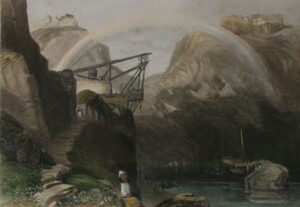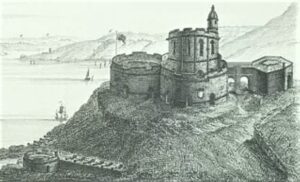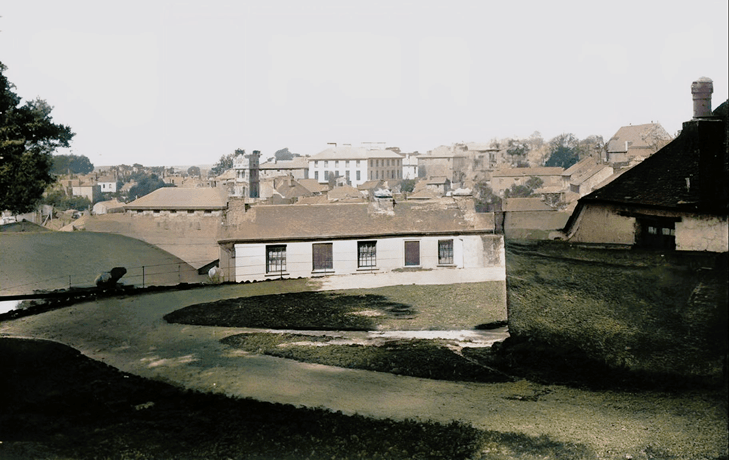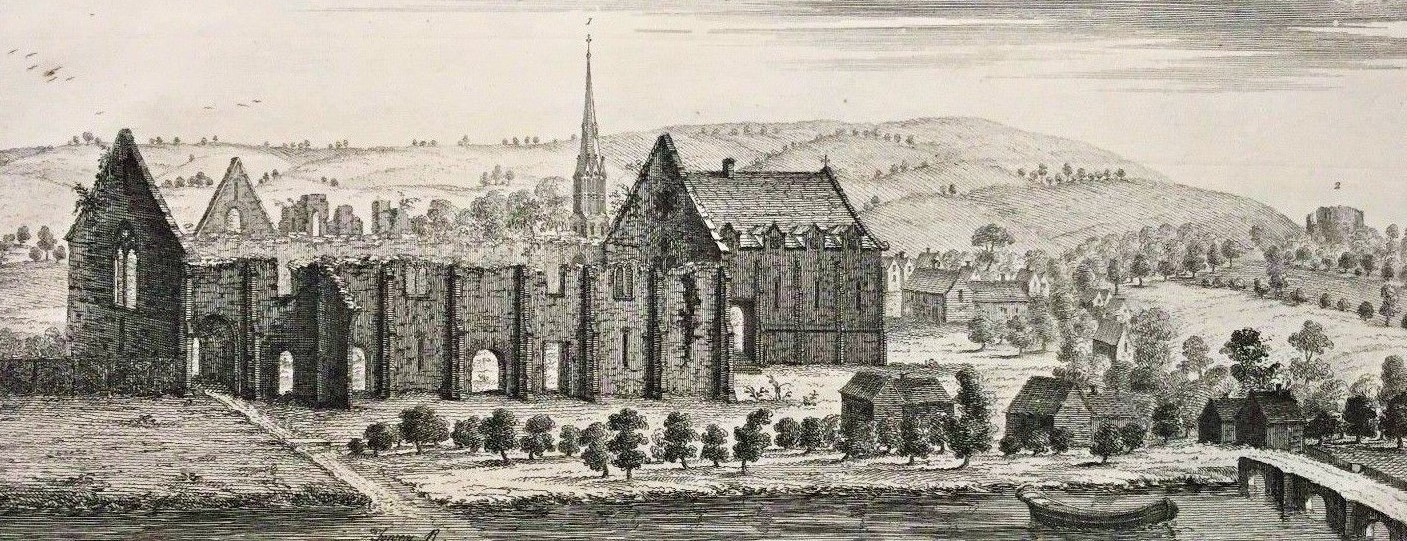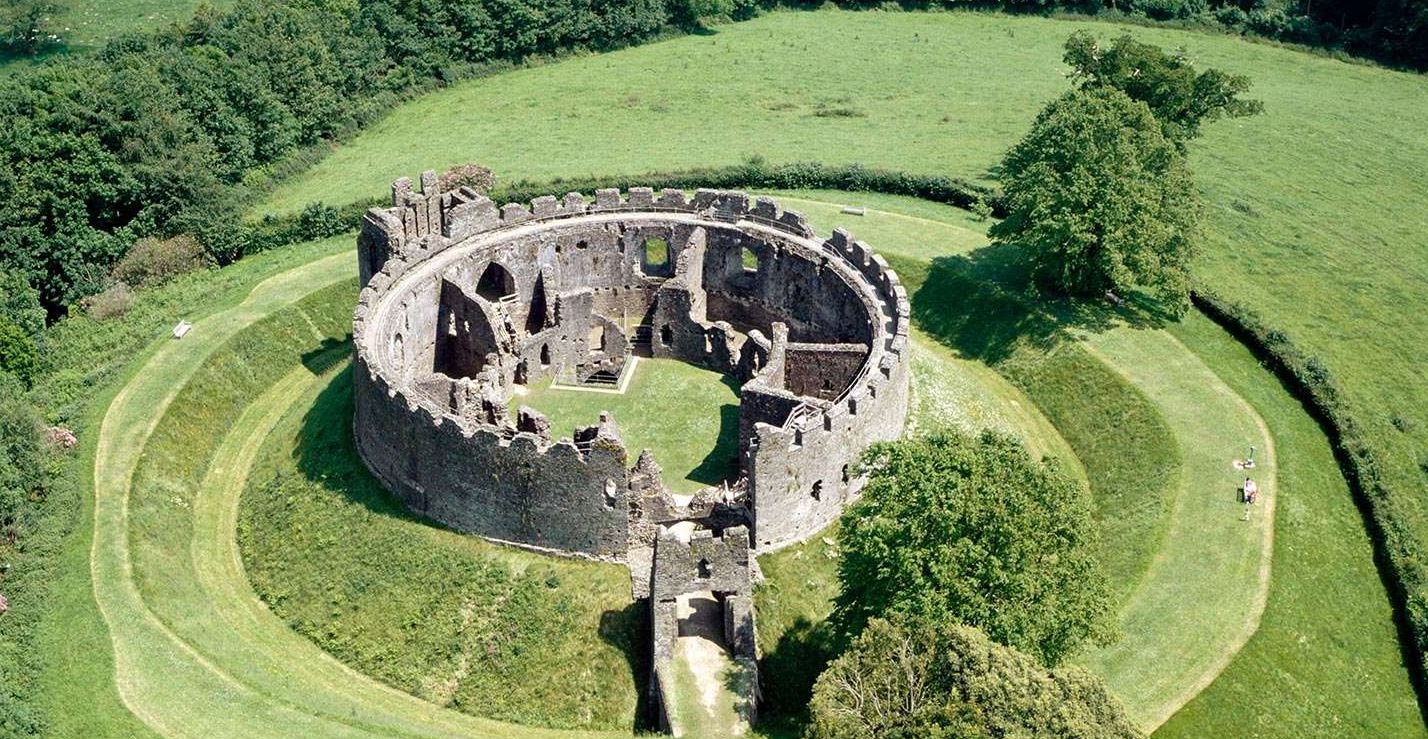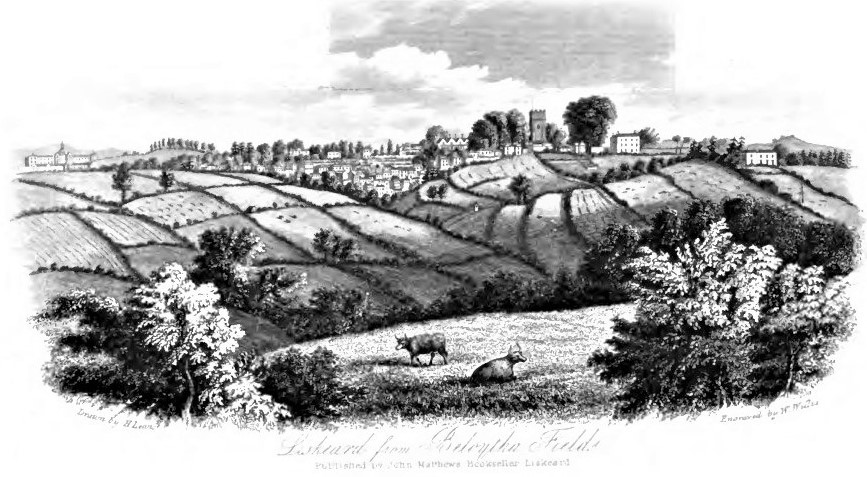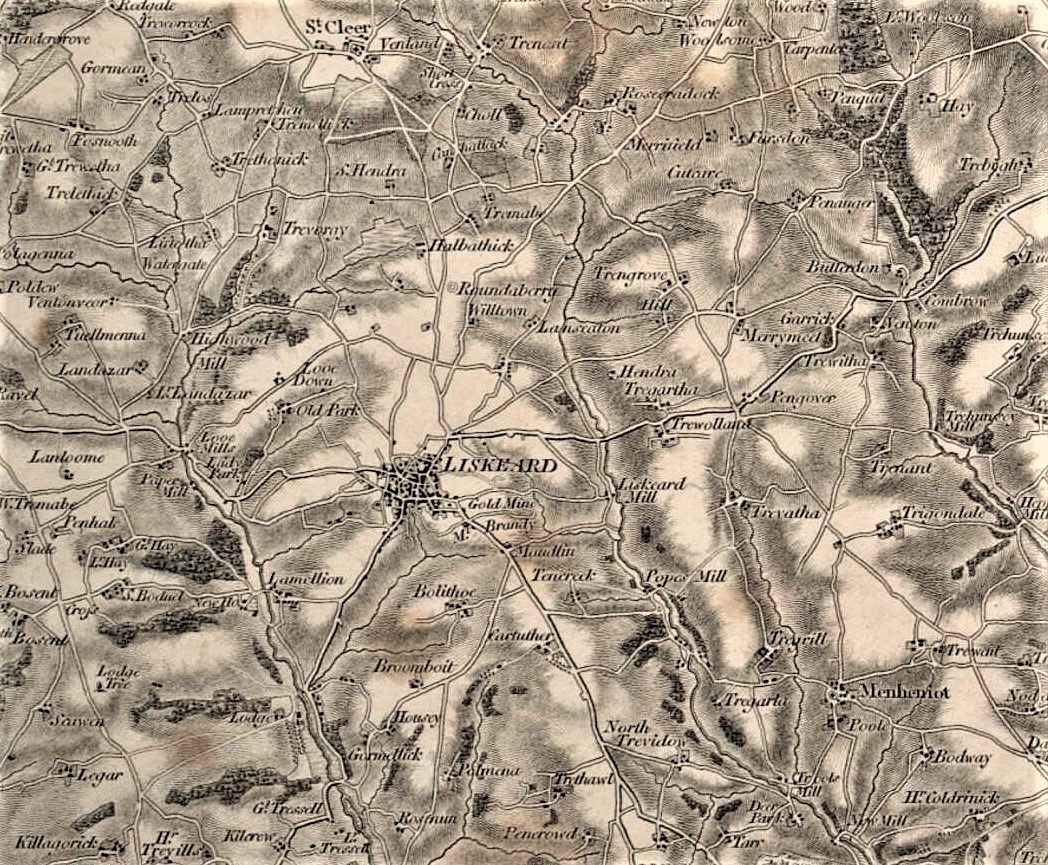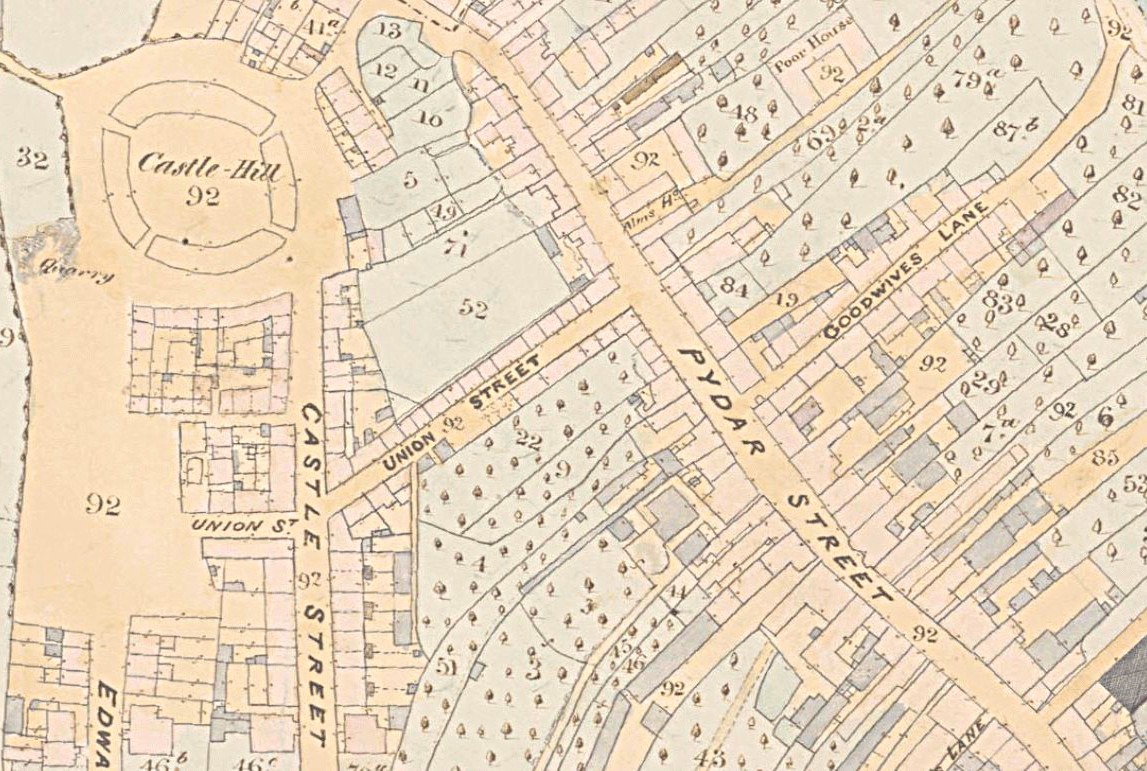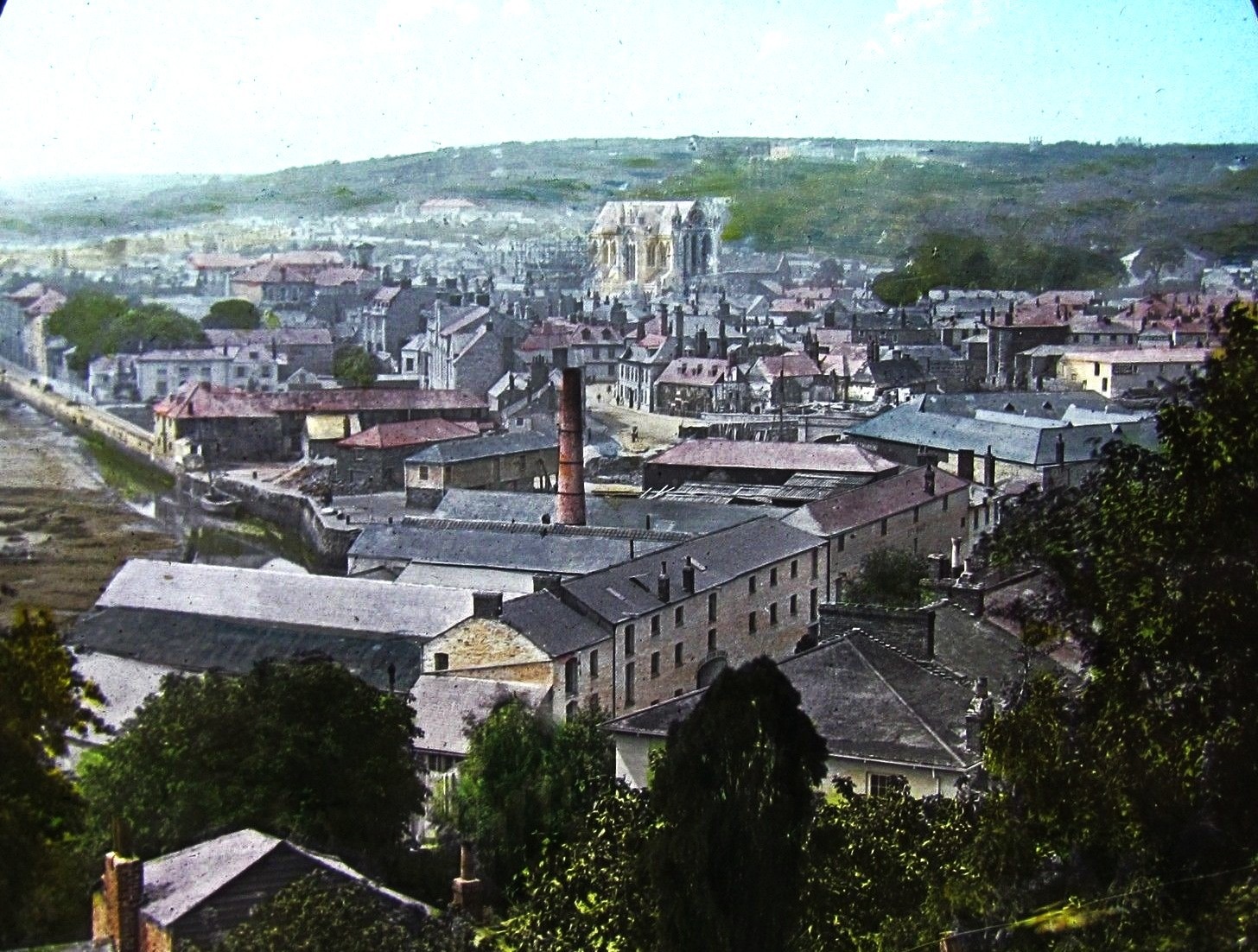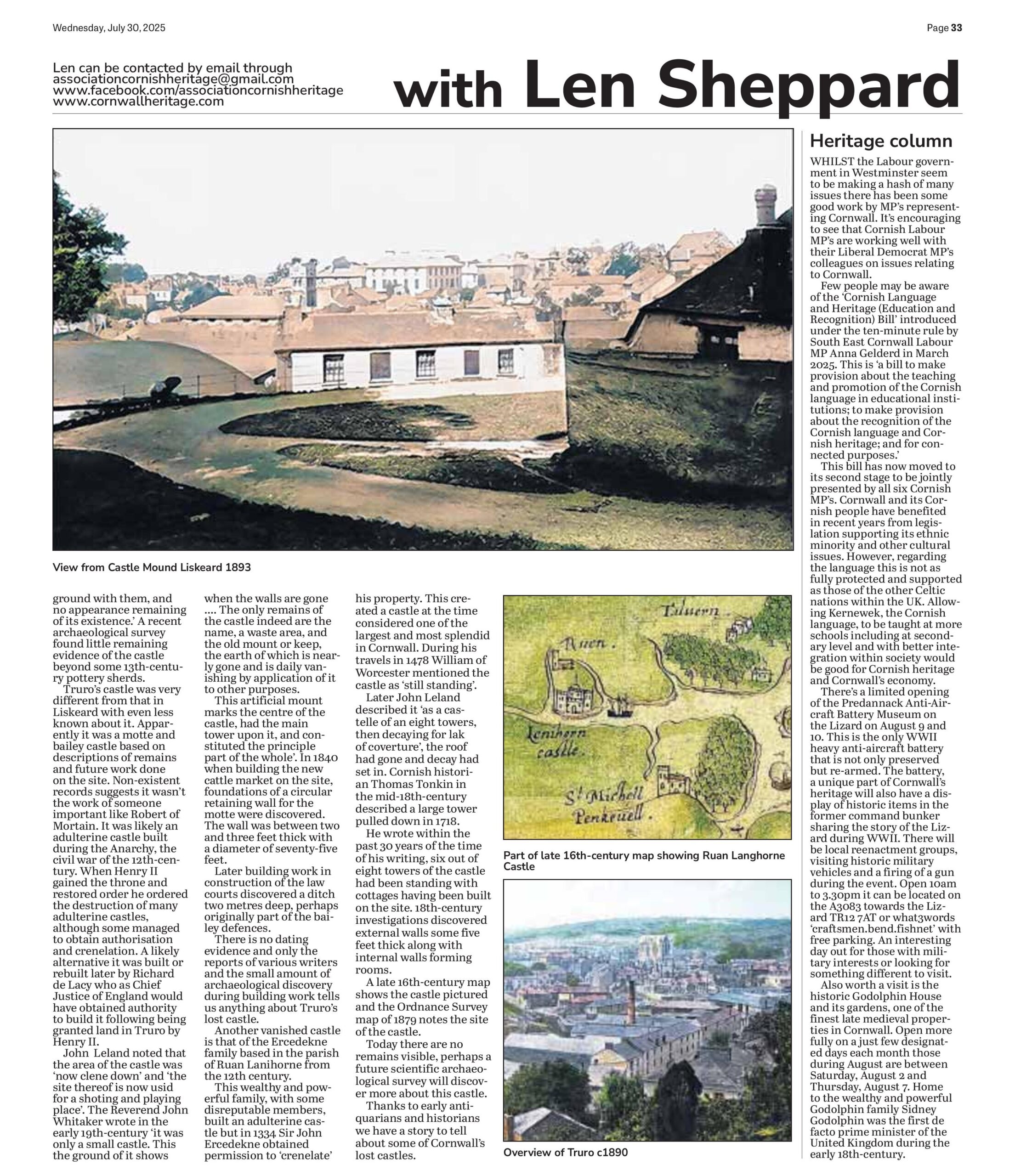Ertach Kernow - Cornwall’s castles now lost were recorded
Cornwall's castles now lost to time were recorded by travellers from the late medieval period through to the 19th century when some remains still existed. One of Cornwall early visitors, William Worcester, travelled to Cornwall and southwest England in 1478.
Later John Leland would visit Cornwall during his 1542 itinerary under instruction from Henry VIII to examine the libraries of Cornish and English religious houses. Perhaps the most interesting of the late medieval travellers to Cornwall was John Norden. He who produced some lovely and interesting maps of the Cornish hundreds as well as a complete map of Cornwall. Norden also made many notes on the places he visited.
Cornwall’s stone-built castles date from the immediate post Norman period through to those built by Henry VIII guarding Carrick Roads at St Mawes and Pendennis. Some medieval castles have little or nothing remaining except a name of a street or area of the town. Examples of this can be found in Liskeard where the name Castle Park memorialises its long-lost castle. In Truro leading down from the Crown Court formerly the site of the castle and cattle market is Castle Street.
Thank you for reading the online version of the Ertach Kernow weekly articles. These take some 12 hours each week to research, write and then upload to the website, and is unpaid. It would be most appreciated if you would take just a couple of minutes to complete the online survey marking five years of writing these weekly articles. Many thanks.
Click the link for survey: Ertach Kernow fifth anniversary survey link
As always click the images for larger view
Liskeard first mentioned circa 1000 as Lyscerruyt and in Domesday as Liscarret was one Cornwall’s larger settlements named in the survey. Its name derives from the Cornish word ‘Lys’ meaning court or perhaps admin centre, together with a personal name of an unknown historical person. It had grown to be the second largest town in Cornwall after Bodmin. In 1240 it was granted a charter by Richard Earl of Cornwall aiding further growth to a major market town. Richard also built the grandiosely named castle but it was more probably a fortified manor house. Constructed on a raised area it would have been in a prominent position and likely laid out in a quadrangle design. At that time Richard was also constructing the much larger Tintagel Castle and granting or confirming nine other charters in Cornwall permitting markets and fairs adding to the wealth of those towns and districts.
Following Richard death in 1272 his son Edmund inherited the earldom and his father vast wealth. He reconstructed Restormel Castle and built the Duchy Palace at Lostwithiel, this becoming his administrative centre in Cornwall. Following his death in 1300 the Post Inquisition Mortem survey makes no mention of a castle at Liskeard. Castles at Launceston, Restormel and of course Tintagel are mentioned suggesting a far lower status for Liskeard Castle. The brother to King Edward III was John of Eltham, the last earl of Cornwall who died in 1336. Edward then created the Duchy of Cornwall in 1337 for his son Edward of Woodstock, better known as the Black Prince. A survey of Cornish properties known as the Caption of Seisin was then undertaken. Of Lyskyret it mentioned ‘There is there a certain manor (house) surrounded by a wall which is in ruins and a third part broken to the ground. And there are in the same manor within the said wall a hall and two cellars adjoining the same, three chambers at each end of the hall, a chapel, a small chamber over the gateway, and the gate of the manor which are all weak and require great and immediate repair. And there is one passage-way fallen to the ground’. The new Duke spent £20 on repairs between 1341-1342 with other work following the collapse of the hall in 1361. Further repairs were made during the reign of Richard II after the Duchy had come under the control of the crown, there being no heir who could take the title as Duke of Cornwall.
William of Worcester during his visit to Cornwall during 1478 noted the castles in Cornwall stating ‘Lescars Castle of the Lord the prince, is standing’. John Leland visiting in 1536 wrote ‘There was a castel on an hille in the toun side, by north from St Martin. It is now al in ruin; fragments and peaces of waulles yet stond. The site of it is magnificent, and looketh over al the toun. The castelle was the Erles of Cornwaull. It is now usyd somtym for a pound of cattell’. Around 1607 John Norden noted Liskeard was going through a bad time and the ‘castle’ along with it. He recorded ‘here had the Earles, and since the Dukes, a castle and house of residence, but now decayd utterly… the town is very ruined, as are also all the towns wherein the chiefe governors of Cornwall have in former times had their residence; and their longe absence hath bredd ruyne and depopulation to the townes, to this above the reste, whose present ruynes argue her pristine glorie to be greate’. Richard Carew’s 1602 ‘Survey of Cornwall’ mentions Liskeard Castle amongst others at Launceston, Restormel and Tintagel that have fallen into ruination. The Parliamentary Survey of Crown lands for the Liskeard Manor of 1649 stated, ‘The Mannor or mansion house was heretofore the Castle which is much ruined and in decay, the materials about it being not worth the takeing downe.’ Then continuing ‘The scite of the said castle consisteth of ninety sixe pearches of land within the ruined walls thereof, within which walls there now standeth one old house commonly used for scholehouse, where alsoe the Courte is usually kept for the said Mannor’. It seems the castle was still existing and in some use. In 1690 Cornish historian William Hals noted that ‘in front of the castle wise a moorstone (granite) gate or portal...arms cut in stone, viz. with a bordure bezantic, a lion rampant, crowned’ This seems to describe the arms of Richard Earl of Cornwall. During the late 18th century with few of the castle remains existing a school had been built on the site also used as a manorial court by the Duchy. By the early 19th century the final vestiges of the castle had gone and the Reverend John Whitaker in his history of Cornwall was quoted saying ‘The castle is now clearly demolished; the church having been formerly rebuilt with its stones I believe, a school having been more recently erected upon the ground with them, and no appearance remaining of its existence.’ A recent archaeological survey found little remaining evidence of the castle beyond some 13th century pottery sherds.
Truro’s castle was very different from that in Liskeard with even less known about it. Apparently it was a motte and bailey castle based on descriptions of remains and future work done on the site. Non-existent records suggests it wasn’t the work of someone important like Robert of Mortain. It was likely an adulterine castle built during the Anarchy, the civil war of the 12th century. When Henry II gained the throne and restored order he ordered the destruction of many adulterine castles, although some managed to obtain authorisation and crenelation. A likely alternative it was built or rebuilt later by Richard de Lacy who as Chief Justice of England would have obtained authority to build it following being granted land in Truro by Henry II.
John Leland noted that the area of the castle was 'now clene down' and 'the site thereof is now usid for a shoting and playing place'. The Reverend John Whitaker wrote in the early 19th century ‘it was only a small castle. This the ground of it shows when the walls are gone .... The only remains of the castle indeed are the name, a waste area, and the old mount or keep, the earth of which is nearly gone and is daily vanishing by application of it to other purposes. This artificial mount marks the centre of the castle, had the main tower upon it, and constituted the principle part of the whole’. In 1840 when building the new cattle market on the site, foundations of a circular retaining wall for the motte were discovered. The wall was between two and three feet thick with a diameter of seventy-five feet. Later building work in construction of the law courts discovered a ditch two metres deep, perhaps originally part of the bailey defences. There is no dating evidence and only the reports of various writers and the small amount of archaeological discovery during building work tells us anything about Truro’s lost castle.
Another vanished castle is that of the Ercedekne family based in the parish of Ruan Lanihorne from the 12th century. This wealthy and powerful family, with some disreputable members, built an adulterine castle but in 1334 Sir John Ercedekne obtained permission to ‘crenelate’ his property. This created a castle at the time considered one of the largest and most splendid in Cornwall. During his travels in 1478 William of Worcester mentioned the castle as ‘still standing’. Later John Leland described it ‘as a castelle of an eight towers, then decaying for lak of coverture’, the roof had gone and decay had set in. Cornish historian Thomas Tonkin in the mid-18th century described a large tower pulled down in 1718. He wrote within the past 30 years of the time of his writing, six out of eight towers of the castle had been standing with cottages having been built on the site. 18th century investigations discovered external walls some five feet thick along with internal walls forming rooms. A late 16th century map shows the castle pictured and the Ordnance Survey map of 1879 notes the site of the castle. Today there are no remains visible, perhaps a future scientific archaeological survey will discover more about this castle.
Thanks to early antiquarians and historians we have a story to tell about some of Cornwall’s lost castles.

